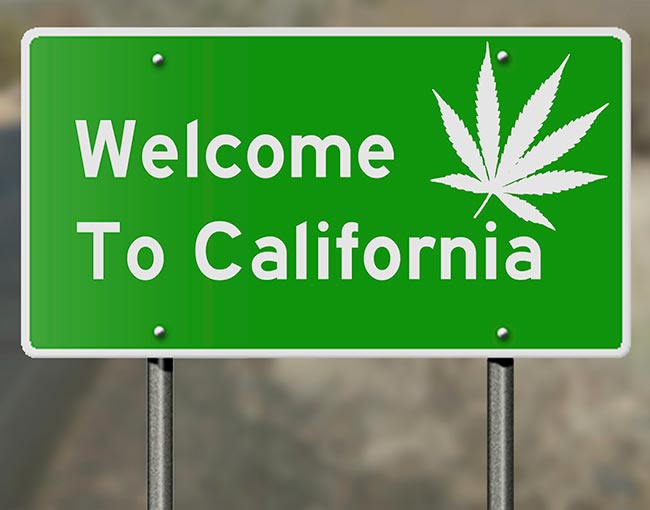The Blossoming Journey of Cannabis in California: From Prohibition to Progress

In the heart of the United States, California stands as a beacon of progressive change, particularly in the realm of cannabis legalization. The journey of cannabis in the Golden State is a tale of societal transformation, legal battles, and a burgeoning industry. From its early days as a prohibited substance to its current status as a thriving market, let’s embark on a journey through the evolution of cannabis in California.
Origins of Prohibition: The story of cannabis in California traces back to the early 20th century when the state, like much of the nation, succumbed to the fervor of prohibitionist movements. In 1913, California became one of the first states to criminalize cannabis, largely driven by anti-immigrant sentiments and moral panic surrounding drug use.
Cultural Shifts and Counterculture Movement: Despite prohibition, California became a focal point for the burgeoning counterculture movement of the 1960s and 70s. The Haight-Ashbury district in San Francisco and the hippie communities of Northern California embraced cannabis as a symbol of rebellion against societal norms. This cultural shift laid the groundwork for future advocacy efforts and destigmatization of cannabis use.
Medical Marijuana Legalization: The turning point in California’s cannabis journey came with the passage of Proposition 215 in 1996, also known as the Compassionate Use Act. This landmark legislation made California the first state in the nation to legalize medical marijuana. Prop 215 allowed patients with certain medical conditions to access cannabis for therapeutic purposes with a doctor’s recommendation, paving the way for a new era of cannabis acceptance.
Rise of the Cannabis Industry: The legalization of medical marijuana set the stage for the rapid growth of the cannabis industry in California. Over the following years, the state witnessed the emergence of dispensaries, cultivation facilities, and ancillary businesses catering to the needs of patients and consumers alike. However, the industry operated in a legal gray area, with inconsistent regulations and enforcement varying across municipalities.
Proposition 64 and Adult-Use Legalization: In 2016, California voters once again made history by approving Proposition 64, the Adult Use of Marijuana Act. This groundbreaking initiative legalized the recreational use of cannabis for adults aged 21 and older, making California the largest legal cannabis market in the world. Prop 64 not only allowed for the sale and consumption of cannabis for non-medical purposes but also implemented regulations for cultivation, distribution, and taxation of cannabis products.
Challenges and Opportunities: Despite the progress made, California’s cannabis industry has faced its fair share of challenges. The transition from a largely unregulated market to a regulated industry has been fraught with obstacles, including high taxes, burdensome regulations, and a thriving illicit market. However, amidst these challenges lie immense opportunities for innovation, economic growth, and social equity.
The Future of Cannabis in California: As California continues to navigate the complexities of cannabis legalization, the future holds promise for further advancements. Efforts to streamline regulations, reduce barriers to entry for small businesses, and promote social equity are underway. Additionally, ongoing research into the medicinal properties of cannabis and the development of sustainable cultivation practices will shape the industry’s trajectory in the years to come.
Conclusion: The journey of cannabis in California is a testament to the power of grassroots activism, cultural shifts, and legislative reform. From its origins in prohibition to its current status as a thriving legal market, cannabis has undergone a remarkable evolution in the Golden State. As California continues to lead the way in cannabis legalization, the possibilities for growth, innovation, and social change are endless.





